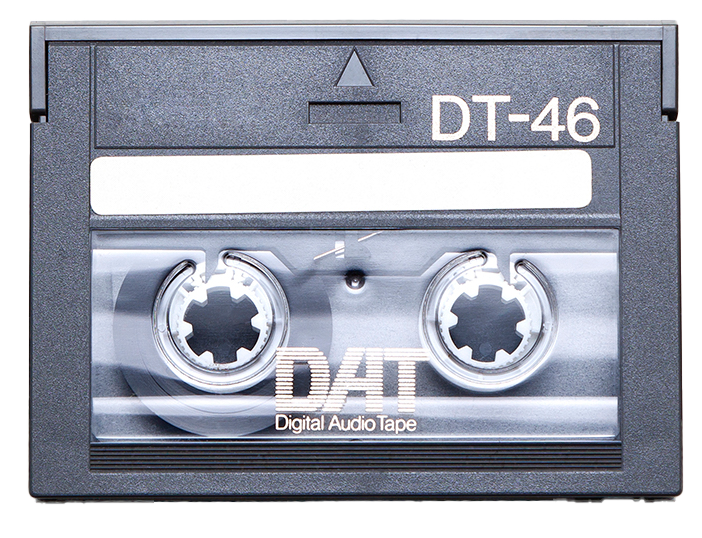
OVERVIEW
How we use audio content is evolving by the day as our ability to share media becomes more accesible on dynamic audio/visual platforms. Whether it's music, audiobooks, narration, speeches, lectures, or the ambient chatter of family dinner, audio content has passively intertwined itself with our daily life thanks to the societal adoption of smart devices, and audio streaming.
As Audio Recording Technology has improved over time so has the capacity to manipulate and enhance the recordings. Through digital editing, we have the means to garner even greater clarity from the source material - which, in some formats, may have undergone a substantial degredation of quality, as a result of natural oxidization, or wear and tear.












